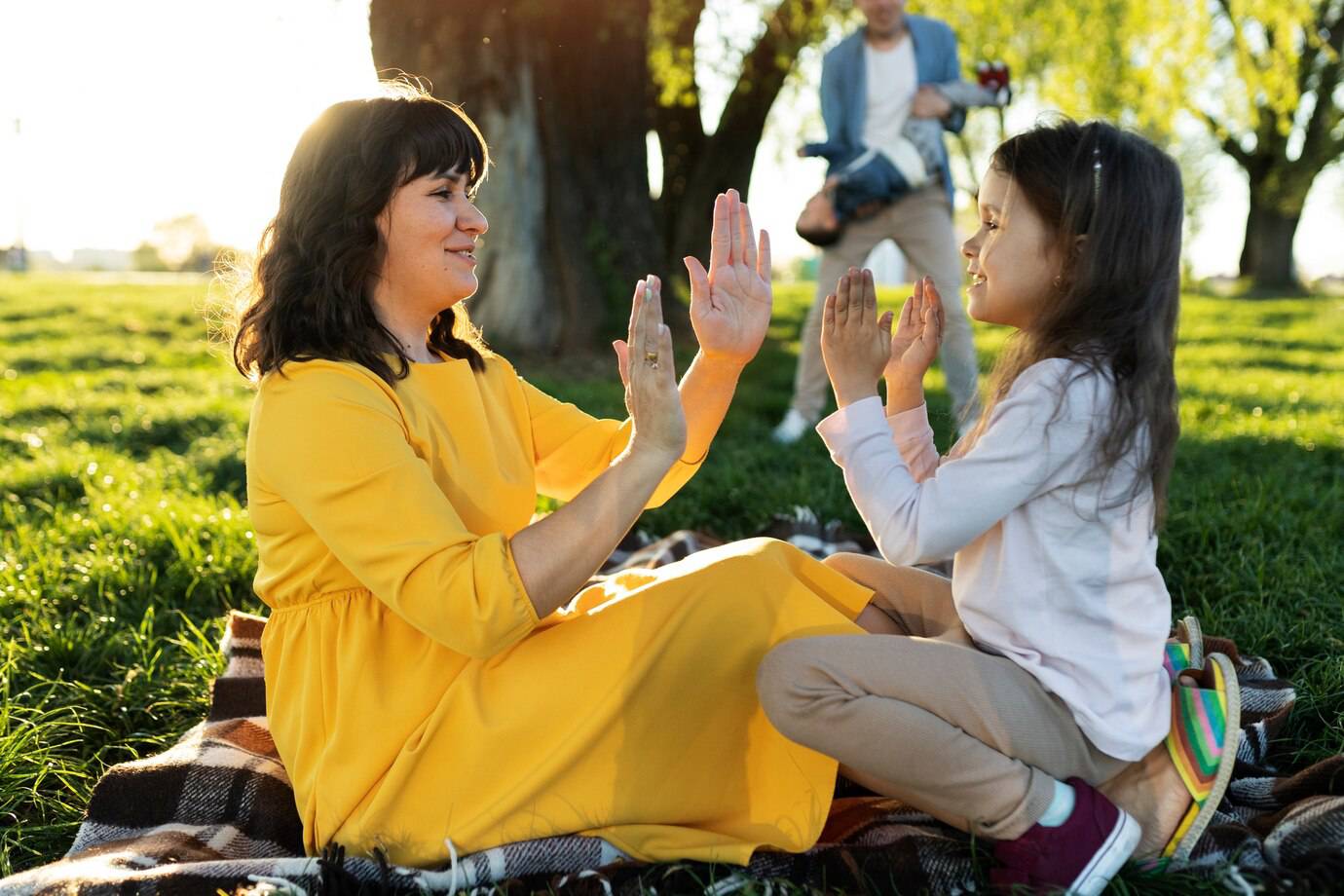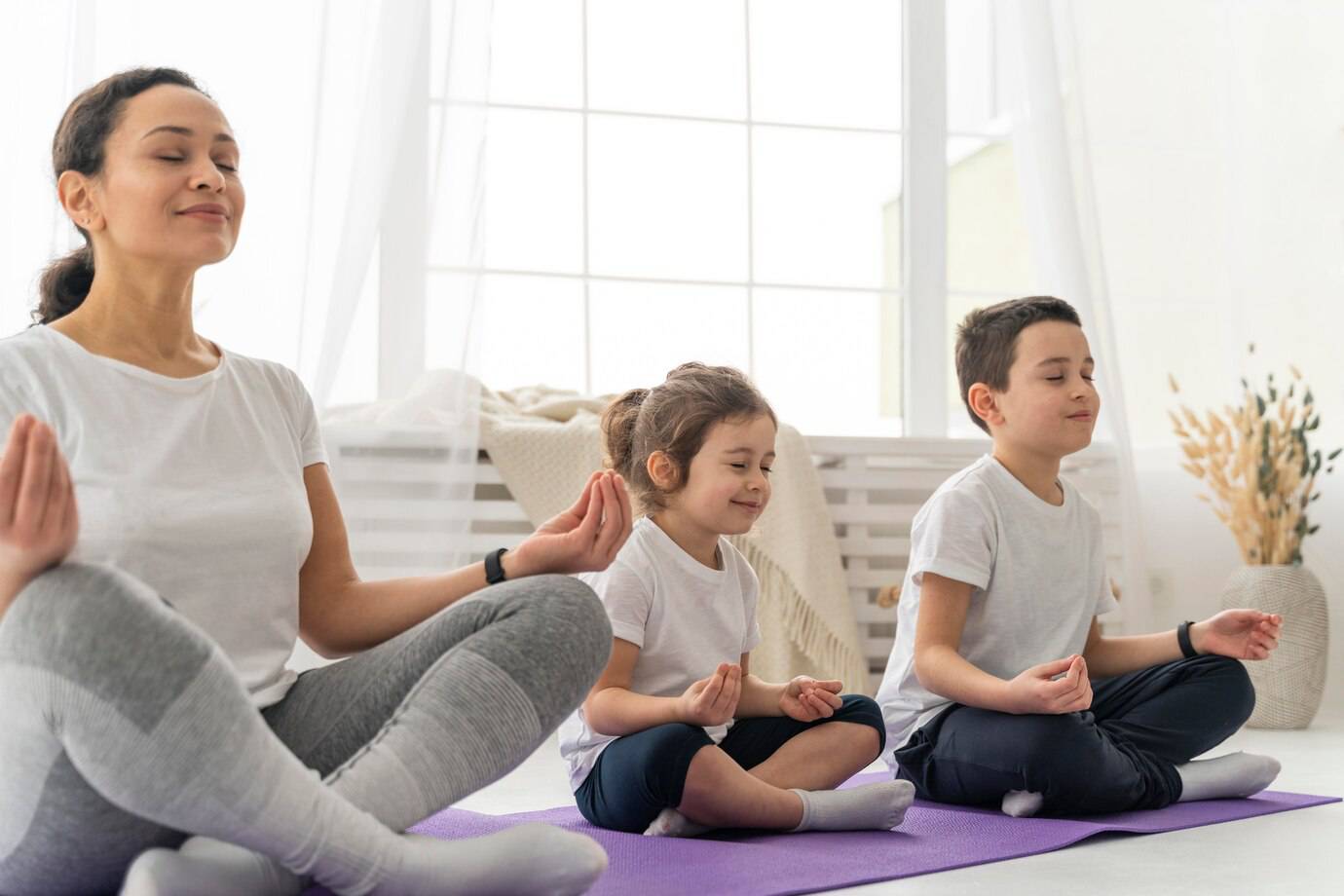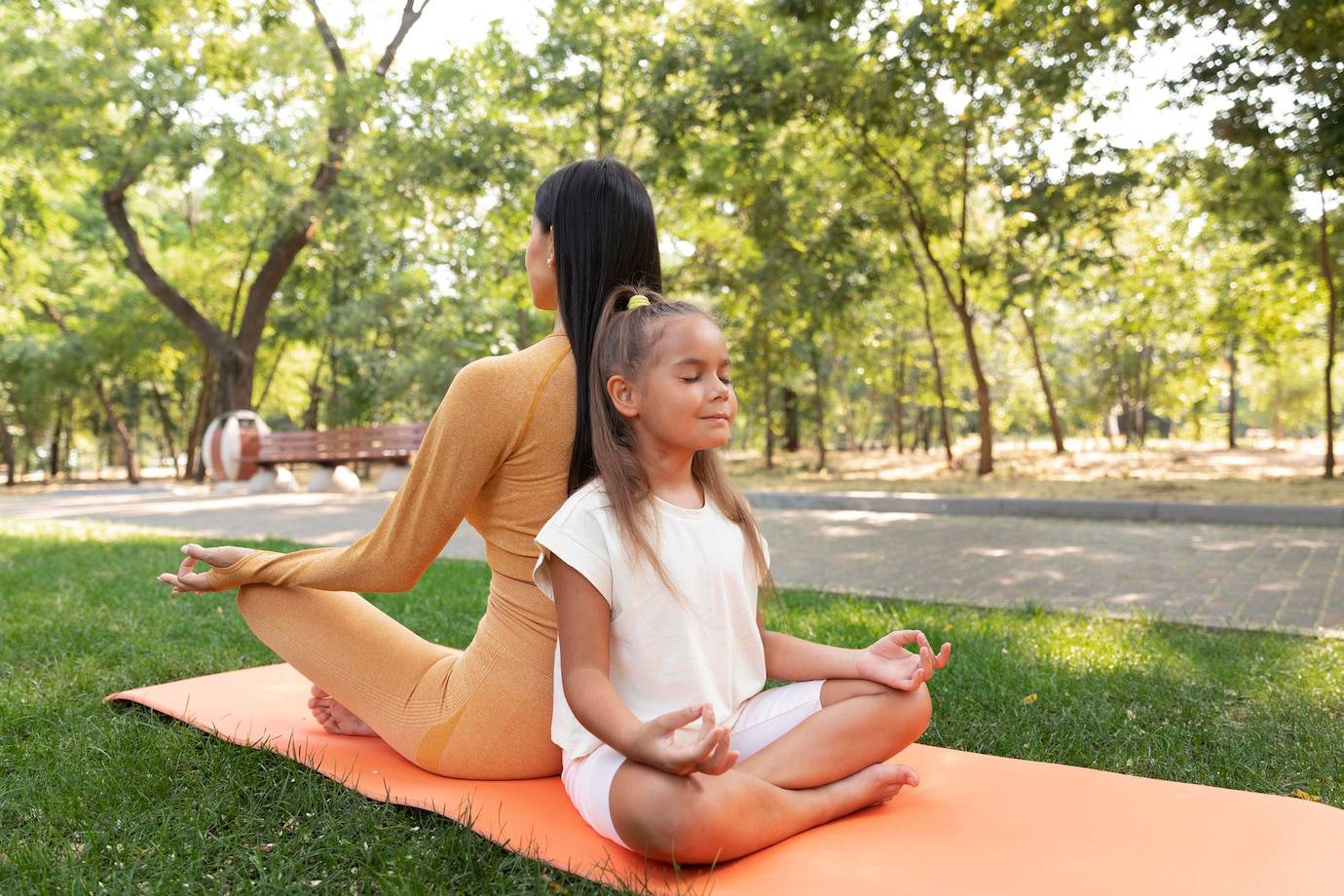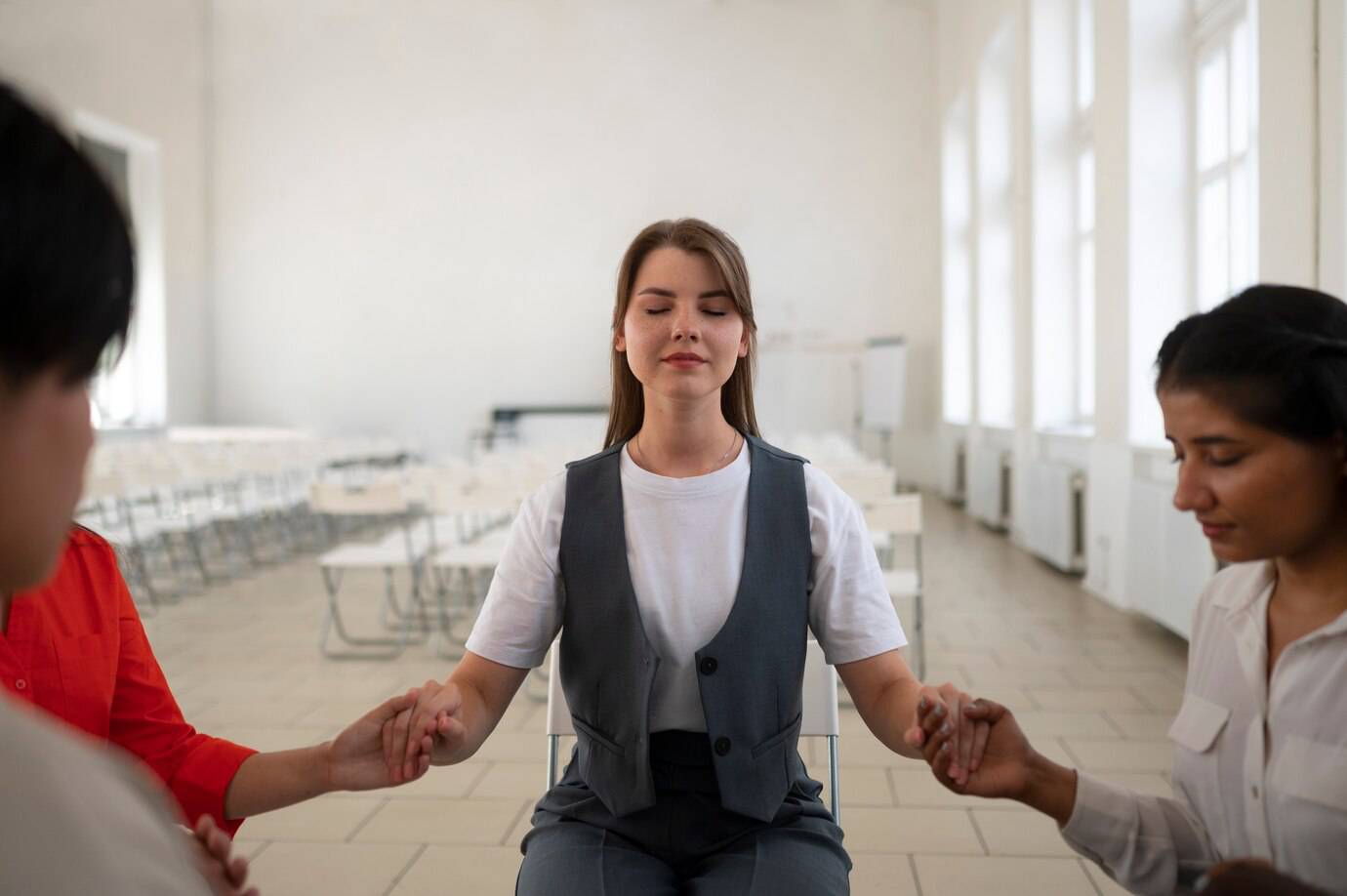
Introducing Mindfulness to Children: Techniques and Benefits
Have you ever watched a child completely absorbed in stacking blocks or watching ants in the garden? In those pure moments, they are practising a form of mindfulness without even knowing it. As our world grows increasingly fast-paced and tech-driven, helping children remain grounded has never been more important. This is where introducing mindfulness for kids becomes a powerful tool.
Mindfulness isn’t about making children sit still for hours or reciting complex mantras. It’s about helping them become more aware of their thoughts, emotions, and surroundings in a gentle and engaging way. When done right, mindfulness can support emotional regulation, reduce stress, and build resilience.
In this post, we’ll explore what mindfulness means for children, why it matters, and how you can integrate age-appropriate practices into everyday life.
What Is Mindfulness for Children?
Simple Definition, Big Impact
Mindfulness is the practice of paying attention to the present moment with curiosity and kindness. For children, it involves learning to notice what they feel, sense, and think without judgment.
Think of it as teaching your child to hit the pause button before reacting.
Developmentally Tailored
Children, especially younger ones, process information differently from adults. So, mindfulness for kids must be:
- Playful and interactive
- Short in duration
- Focused on sensory and movement-based activities
Mindfulness isn’t about perfection or discipline. It’s about exploration and connection.
Why Mindfulness Matters for Kids

1. Enhances Emotional Regulation
One of the key benefits of mindfulness is helping kids identify and process emotions in a healthy way.
It teaches them to:
- Recognise when they’re angry, sad, or overwhelmed
- Pause and breathe before reacting
- Understand that emotions are temporary
This emotional intelligence sets the stage for better relationships and mental health.
2. Reduces Anxiety and Stress
Studies show that mindfulness can significantly lower cortisol levels in children. It can help:
- Calm an anxious mind before tests or bedtime
- Improve coping skills during transitions (e.g., divorce, school change)
- Promote better sleep quality
3. Improves Focus and Concentration
Children naturally have shorter attention spans, but mindfulness helps train the brain to concentrate.
It boosts:
- Listening skills
- Task completion
- Academic performance
Mindfulness practices can be especially helpful for kids with ADHD or sensory challenges.
4. Fosters Empathy and Compassion
Mindfulness encourages children to be more aware of others’ feelings. Activities like loving-kindness meditations and gratitude journaling promote:
- Kindness
- Sharing
- Conflict resolution
Techniques to Introduce Mindfulness to Children
1. Belly Breathing with a Soft Toy
Have your child lie down with a soft toy on their tummy. Ask them to breathe in and out slowly, watching the toy rise and fall.
Why it works: It engages visual and tactile senses, making breath awareness fun.
2. The “Five Senses” Game
Encourage your child to name:
- 5 things they see
- 4 things they hear
- 3 things they feel
- 2 things they smell
- 1 thing they taste
Why it works: It pulls their attention to the present and helps manage overstimulation.
3. Mindful Movement or Yoga
Simple yoga poses like tree pose or cat-cow stretch paired with slow breathing can be engaging and calming.
Why it works: Movement releases energy while anchoring the child’s attention.
To find out how yoga is beneficial for children, read Yoga for Kids: Building Focus and Flexibility .
4. Guided Imagery
Lead your child through a relaxing story such as “floating on a cloud” or “walking in a magic forest.”
Why it works: It captures imagination while promoting relaxation.
5. Mindful Drawing or Colouring
Offer mandalas or blank pages and crayons. Ask your child to colour slowly, noticing shapes and colours.
Why it works: Art is inherently meditative and helps children express emotion non-verbally.
Mindfulness in the Classroom and Home

Parents and teachers can do many things to add mindfulness to the classroom and home. Once mindfulness is part of the routine, then it becomes second nature to the children.
For Parents
- Start with just 2–5 minutes a day
- Model mindfulness yourself (e.g., taking deep breaths)
- Use bedtime to practice together
For Teachers
- Begin the day with a short breathing exercise
- Use mindfulness bells or chimes for transitions
- Encourage reflective journaling or emotion check-ins
Age-by-Age Mindfulness Ideas
Toddlers (Ages 2–4)
- Blow bubbles and watch them pop
- Walk barefoot in the grass
- Use sensory bottles or rain sticks
Young Children (Ages 5–8)
- Create a “calm corner”
- Practice gratitude before meals
- Listen to guided meditations designed for kids
Tweens (Ages 9–12)
- Encourage journaling
- Use body scans for relaxation
- Explore emotional charts
Teens (Ages 13+)
- Try apps like Headspace or Insight Timer
- Reflect on values and goals
- Introduce mindful eating
For more information, read Incorporating Mindful Eating into Everyday Life .
Real Stories: A Mindful Shift
“Our son used to have meltdowns after school,” says Priya, mum of 8-year-old Aarav. “We started doing the 5-senses exercise while walking home. Within a week, he was calmer and more willing to talk about his day.”
Jake, a Year 6 teacher, shares: “I started each morning with 3 minutes of breathing. My students were noticeably more settled, and classroom management became easier.”
These aren’t magic cures, but they show how small, consistent efforts make a big difference.
Conclusion: Growing Calm, Curious Minds

Mindfulness is more than a buzzword. It’s a life skill that can help your child feel safe, self-aware, and empowered to face challenges. Whether through a bedtime breath or a classroom pause, these small practices nurture lifelong emotional resilience.
So why not start today? Even a single deep breath can begin the journey.
Have you tried mindfulness with your child? Share your experience or ask a question in the comments below! Let’s learn and grow together.


